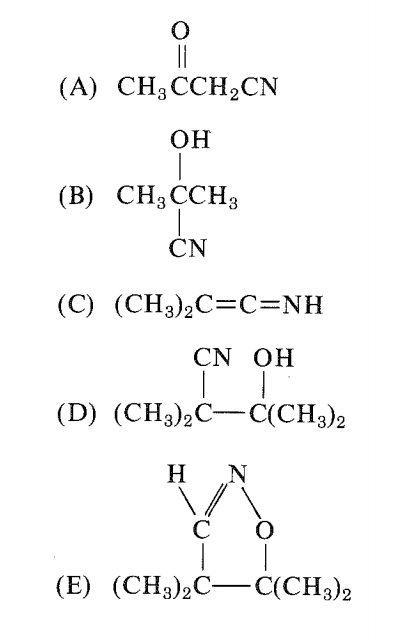Which of the following is the major organic product when acetone, CH$_3$COCH$_3$, is allowed to react with hydrogen cyanide in the presence of a catalytic amount of sodium cyanide?
The correct answer is (B).
The correct answer is (B).
However, I got this answer without using the catalytic sodium cyanide. In my proposed mechanism, the dissociated proton from $\ce{HCN}$ activates the carbonyl, which facilitates the nucleophilic attack of $\ce{CN-}$.
What role does the $\ce{ NaCN }$play$\ce{NaCN}$ play?

